How to choose your cycling shorts: types and what to look for before buying
Few elements influence a cyclist's comfort as much as the culotte. You can have a spectacular bike and competition shoes, but if the culotte doesn't fit well, the experience becomes a torture. Chafing, pressure, heat, or lack of support: everything concentrates on that garment that, when chosen correctly, goes unnoticed; when chosen poorly, ruins any route.
At Brújula Bike, we have been testing culottes of all ranges and brands for years. In this article, we tell you what a culotte exactly is, what types exist, how to choose the correct size, what materials and details make a difference, and how to take care of it so it lasts longer.
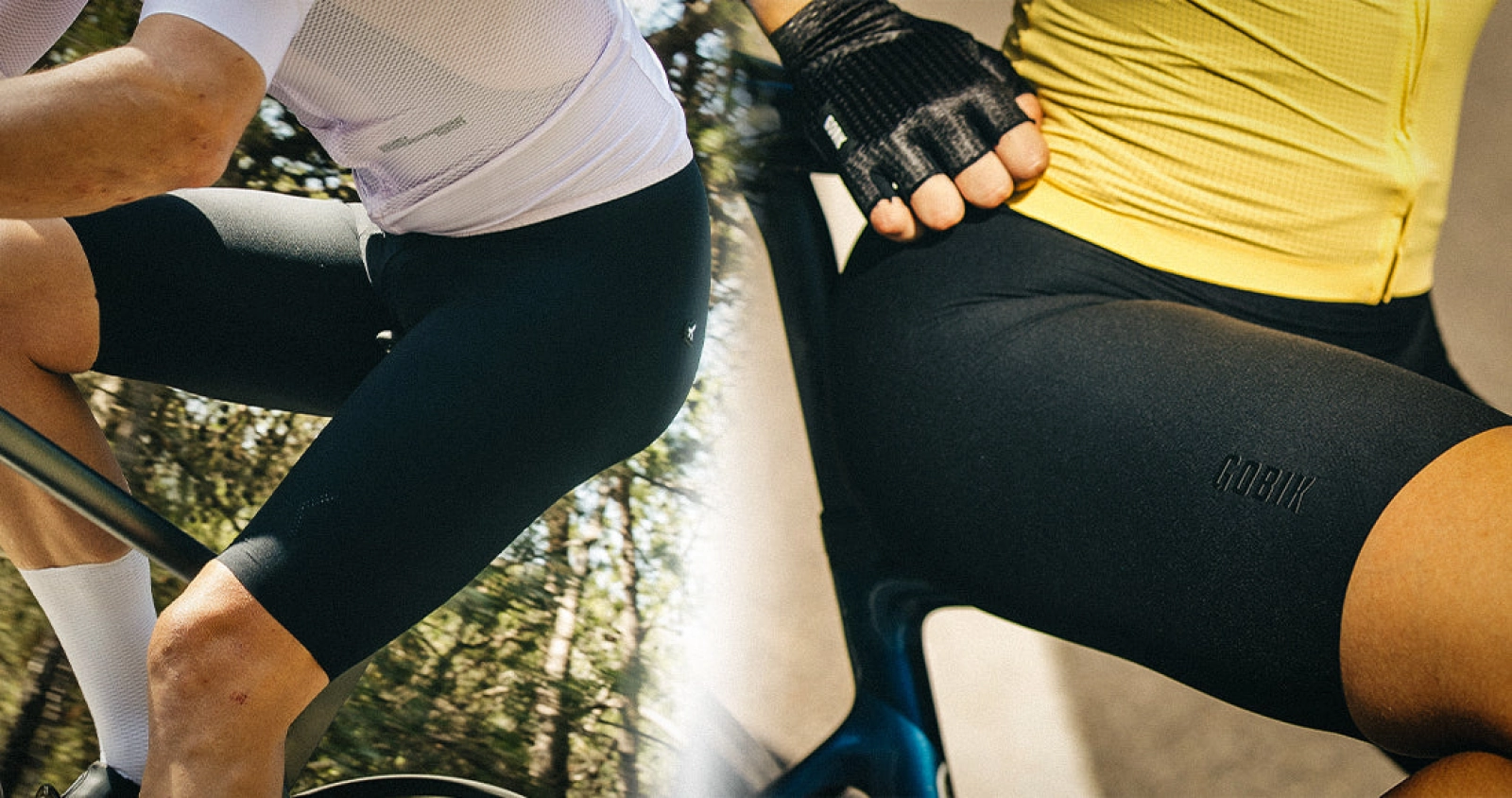
Why it is so important to get your culotte right
The culotte is the technical garment that replaces conventional pants on the bike. Its mission is to reduce friction, wick away moisture, and offer support at the contact points with the saddle. It achieves this thanks to its tight design, elastic fabrics, and its central piece: the chamois.
RECOMENDADO
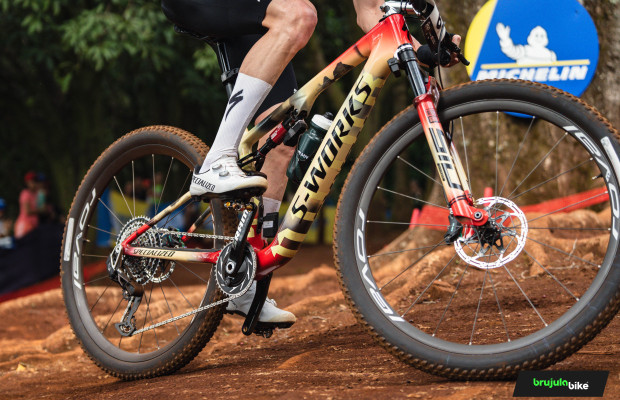
S-Works: what does it really mean and where does Specialized's most exclusive label come from?
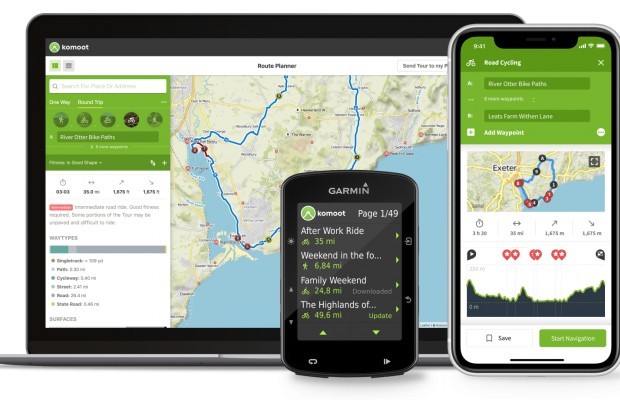
The best apps for cycling and mountain biking
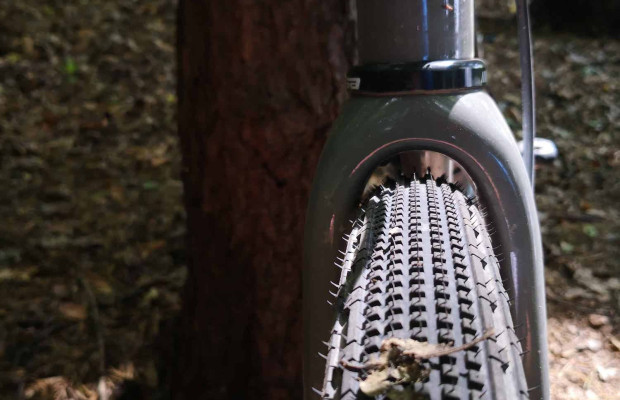
Why wider tires in gravel are faster
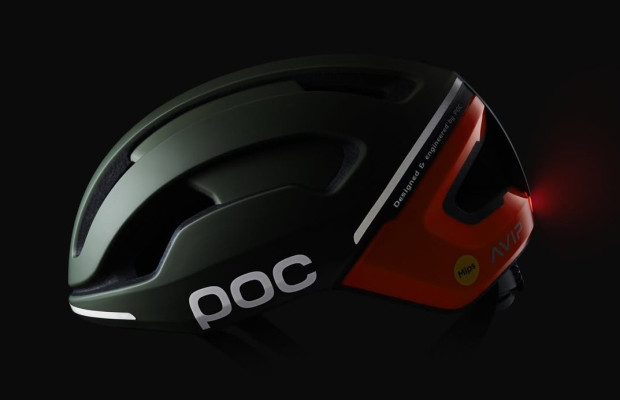
Black Friday 2025 cycling bargains: save on Garmin, POC, Maxxis and more
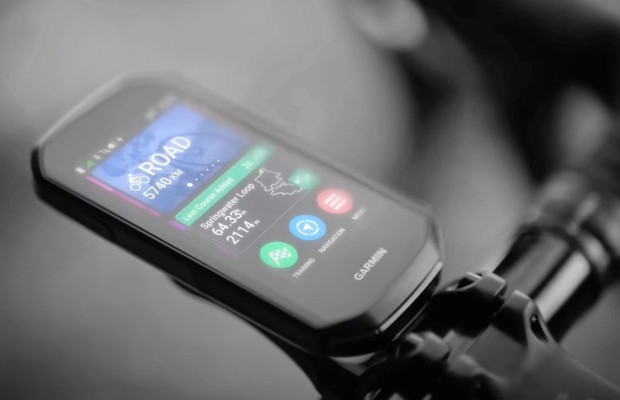
Black Friday Garmin 2025: the ultimate guide to choosing your GPS at the best price
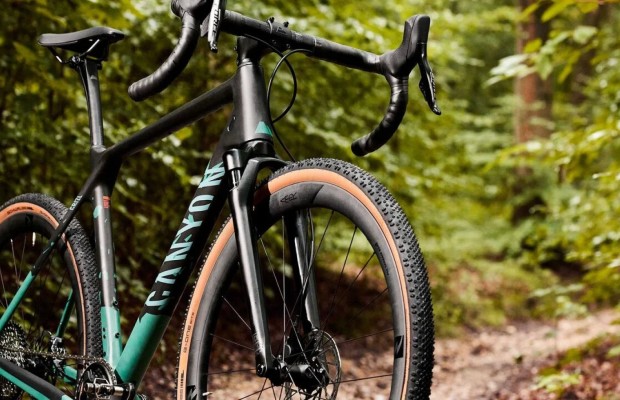
Do you need suspension on your gravel bike?
The chamois is the padding that separates your skin from the saddle. It is made with foams of different densities that cushion pressure and distribute weight evenly. It also absorbs sweat and, in quality models, uses antibacterial fabrics to prevent irritations.
Unlike a normal sports garment, the culotte is designed to function as a second skin, accompanying each pedal stroke without moving or generating folds. That's why it should not be worn with underwear: adding an extra layer alters its functioning, increases heat, and multiplies the risk of chafing.

Types of cycling culotte
Short culotte
It is the most common for spring, summer, and indoor training. Made with lightweight fabrics, it offers high breathability and moderate compression. Its most technical version incorporates silicone bands on the thighs to keep the garment in place, flat seams, and panels that improve ventilation.
Long culotte
Designed for winter. It adds thermal fabrics or water-repellent treatment (DWR) and covers the entire leg. Some models include ankle zippers to facilitate putting them on and reflective elements to increase visibility on gray days or with low light.
Pirate or three-quarter culotte
An intermediate option for temperate climates. It protects the knees from the wind without being too warm. Ideal for autumn or for areas with mild temperatures throughout the year.
Culotte with straps or without straps
Culottes with straps (bib shorts) are the most recommended for long rides. The straps distribute pressure evenly, prevent the garment from slipping down, and help keep the chamois in place.
Models without straps are more practical for short training sessions, roller sessions, or for those looking for a quicker fit. In women, designs with crossed straps or front closures make stops easier without compromising support.
The chamois: the heart of the culotte
No component is as decisive as the chamois. Its quality defines the comfort and durability of the culotte.
Basic chamois use a single layer of foam, suitable for short outings or beginners. Mid-range and high-end chamois incorporate foams of various densities and differentiated support areas. Some combine foam and gel or include ventilation channels that reduce internal temperature.
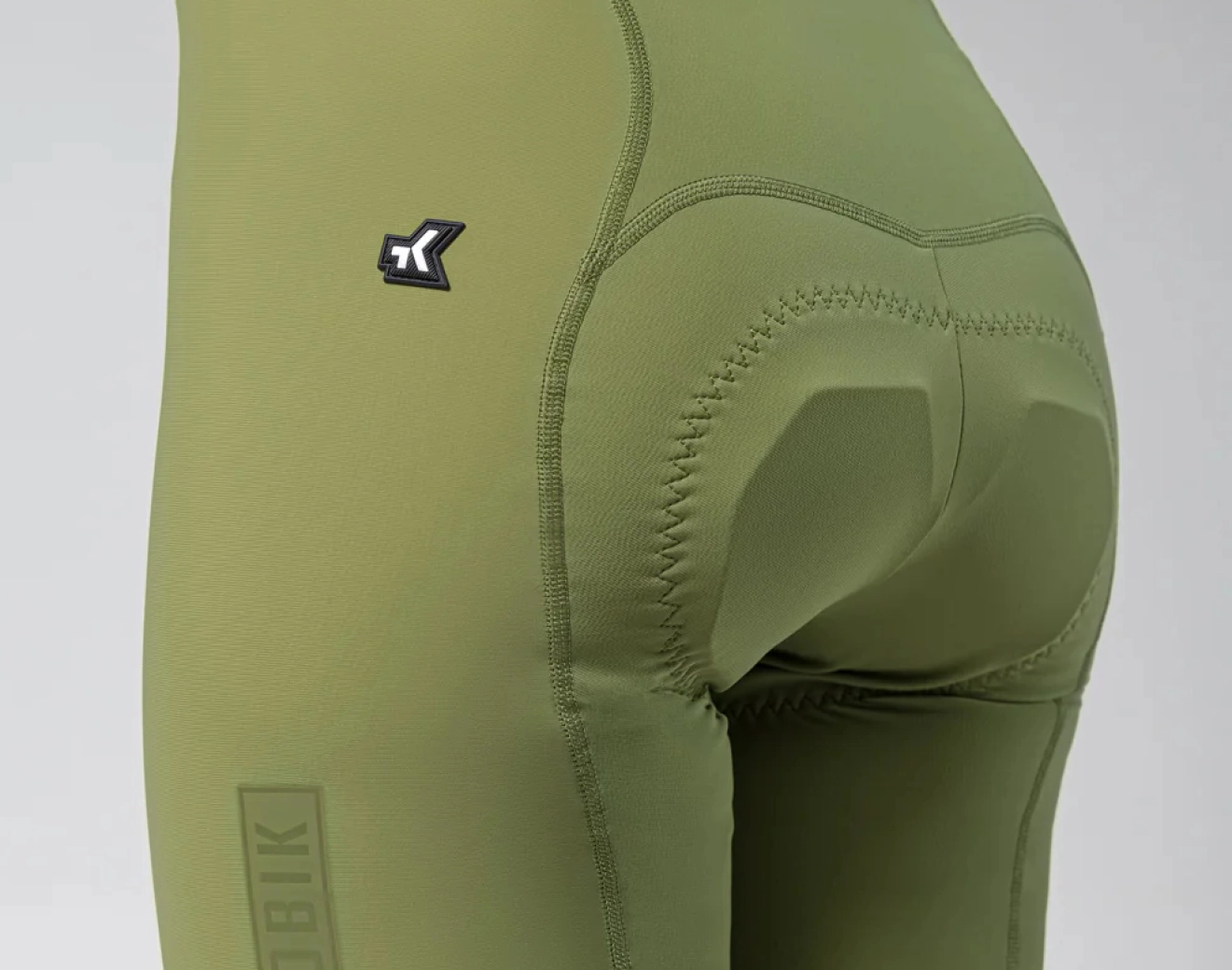
There is also a difference between male and female chamois. It is not just about size: the shape and pressure points vary according to anatomy, and that directly influences comfort.
When choosing, pay attention to three key aspects:
- Progressive density: higher in the ischial area and lower in the front.
- Top fabric: it should be soft, antibacterial, and quick-drying.
- Seams or thermoforming: the less friction, the better it will work.
How to choose the correct size of culotte
Size is another critical point. A culotte that is too tight can cause pressure and numbness; one that is too large can cause folds and chafing.
To get it right:
- Check the size guide of each brand, as they vary significantly between manufacturers.
- Try on the garment while sitting in a pedaling position: the chamois should be centered and without wrinkles.
- The culotte should hug the leg without cutting off circulation. The initial sensation may be somewhat tight, but after a few minutes of use, it should feel natural.
A good fit also depends on the type of fabric. Models with a higher percentage of elastane offer better compression and adaptability.
Differences between winter and summer culottes
Culottes not only change by leg length but also by their composition and performance.
Summer culottes prioritize ventilation. They usually incorporate micro-perforated panels and ultra-light fabrics to favor perspiration. Some use fibers with ColdBlack® or UPF 50+ treatment to protect from the sun without increasing body temperature.
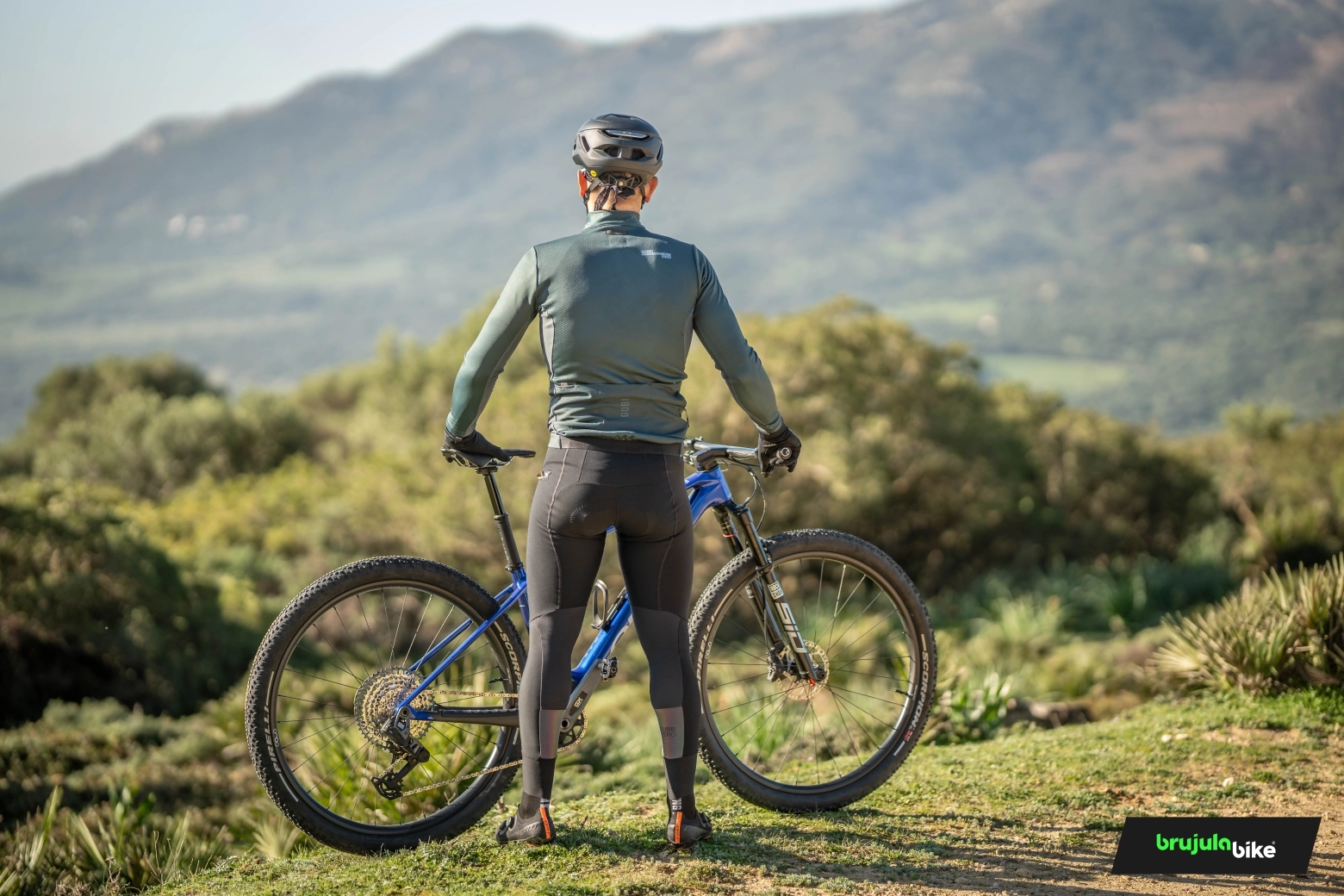
On the other hand, winter culottes focus on thermal insulation. They combine fabrics like Thermoroubaix or SuperRoubaix, which retain heat and expel moisture to the outside. The best ones include hydrophobic treatments that repel water without compromising the fabric's elasticity.
In both cases, the quality of the pattern and the correct placement of the chamois are crucial to avoid discomfort.
Details that make a difference
A culotte is not valued solely for its aesthetics or the thickness of its chamois. Small details can transform the biking experience:
- Flat or heat-sealed seams: prevent friction points.
- Lower elastic band: serves to keep the culotte from riding up, it should hold without squeezing.
- Ventilated straps: ideal in warm climates or intense routes.
- Reflective elements: essential in early or late training sessions.
- Compressive fabric: improves venous return and muscle stability.
If you ride many hours a week, look for models with multi-panel panels and graduated compression fabrics. Investing in a quality culotte may seem expensive, but in the long run, it translates into less discomfort and greater durability.
Care and maintenance of the culotte
A technical garment requires technical care. Always wash it inside out, with cold water (max. 30 °C) and neutral soap. Avoid softeners, as they clog the fibers and nullify antibacterial properties. Also, do not put it in the dryer: heat degrades the elastics and shortens the life of the chamois.
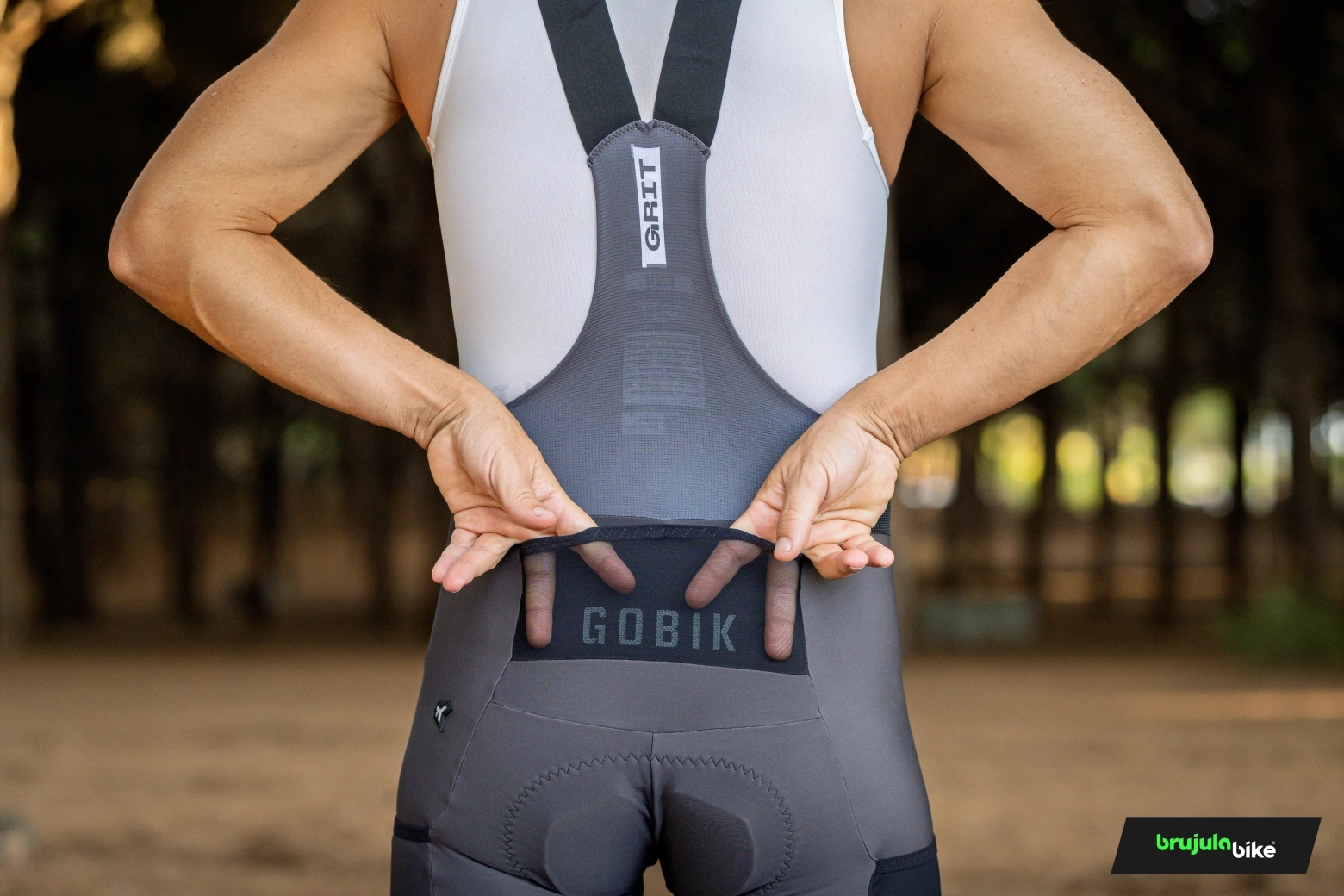
Dry it in the air, in a ventilated place and without direct exposure to the sun. And a basic tip: never reuse a culotte without washing it. Even if it doesn't smell, sweat and bacteria remain in the foam, causing irritations or folliculitis.
Renew the garment when you notice that the chamois loses its shape, the fabric stretches, or the fit is no longer firm.
Common mistakes when using a culotte
- Wearing underwear. The most common and the most serious mistake. The chamois is designed to be in direct contact with the skin.
- Buying based on thickness. A thicker padding does not mean more comfort.
- Ignoring size. Each brand sizes differently; always try before buying.
- Not washing it correctly. Softeners and hot water ruin the garment.
- Choosing the wrong model for the season. In winter, a culotte without thermal protection results in cold and muscle stiffness; in summer, a thick model causes excess heat and sweating.
The culotte is not just another accessory: it is a key piece of performance and comfort. Choosing the right model can make the difference between enjoying the training or counting the minutes to get off the saddle.
Always look for a balance between fit, breathability, and chamois quality. Take care of it with care and replace it when it loses its properties. Because in cycling, comfort is not a luxury: it is the basis of consistency.